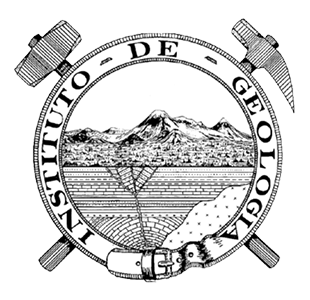Abstract
The Santiaguillo graben forms the northwestern part of the regional San Luis-Tepehunaes fault system, which is located between the Sierra Madre Occidental and the Mesa Central physiographic provinces. In the region of Santiaguillo graben we identified eight lithostratigraphic units with ages from Eocene to Quaternary. The lower part of the stratigraphic sequence is composed of porphyritic andesites, the middle is a sequence of ignimbrites, pyroclastic fall deposits and rhyoltic lavas, and the upper part are basaltic lavas, as well alluvial, lacustrine and eolian sediments. The Santiaguillo graben consists of four areas with different structural characteristics: a zone with normal faults in asymmetrical array forming a half-graben located in the southeastern part of the study area; a zone with normal faults forming a horst and graben system located in the northwestern part of the study area; and two relay zones in the central part, a left-relay and a right-relay. The graben developed between middle Eocene and the end of the Oligocene, but it is again currently active. To identify the seismicity in the study area, we installed, from April 2006 to April 2007, a temporary seismic network of short-period stations covering the study area. From the detected seismic events, eight earthquakes were recorded at least in three stations, whose code magnitudes (FMag) range from 0.9 to 2.6. The total number of earthquakes located by using the technique of single-station was 150, with code magnitudes between 0.7 and 4.2. The epicentral locations indicate that the seismic activity occurs in both, the Santiaguillo and Otinapa-Río Chico grabens. Key words: tectonics, volcanic stratigraphy, seismicity, active faults, Cenozoic, Santiaguillo graben.

This work is licensed under a Creative Commons Attribution 4.0 International License.








